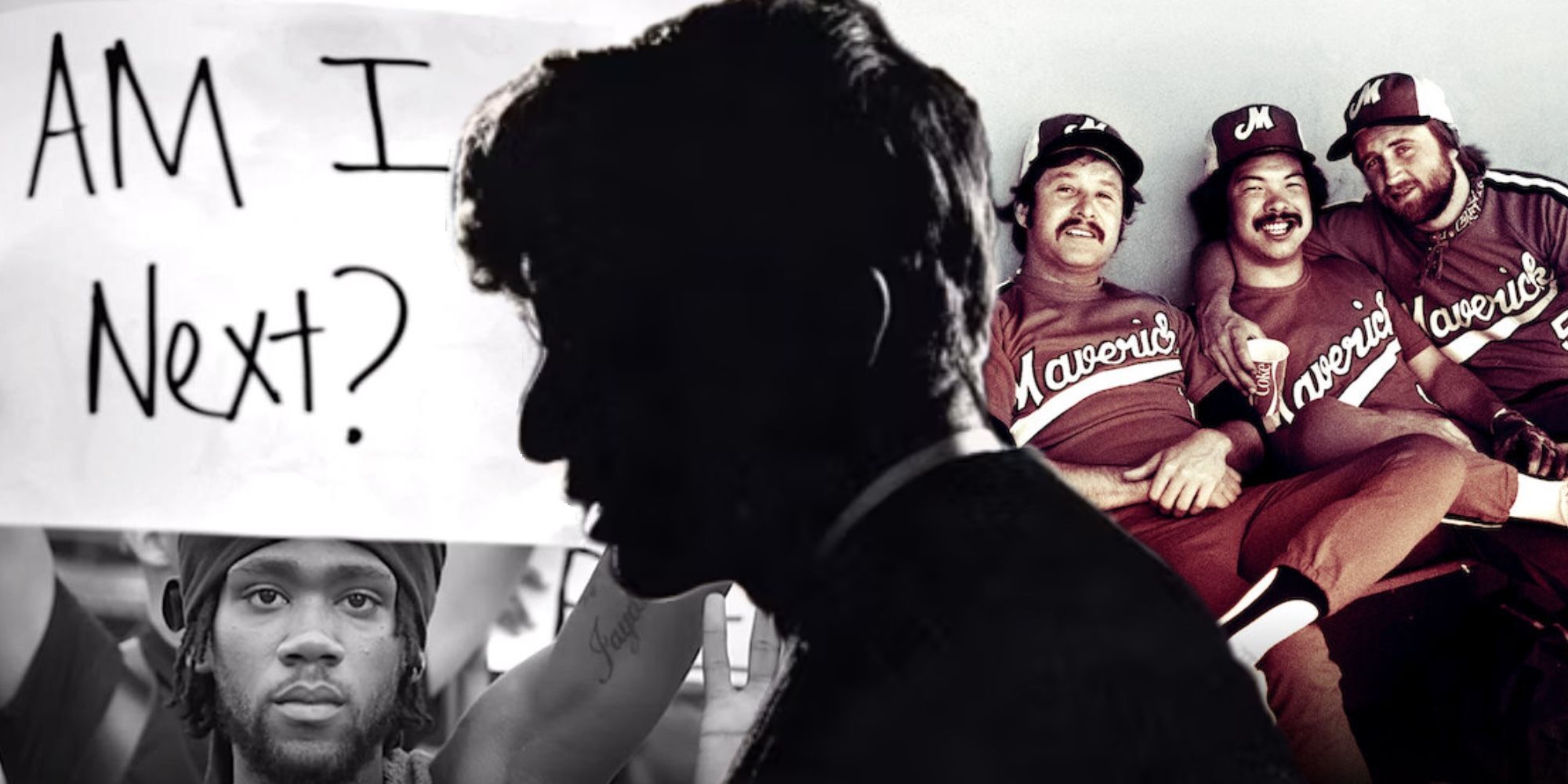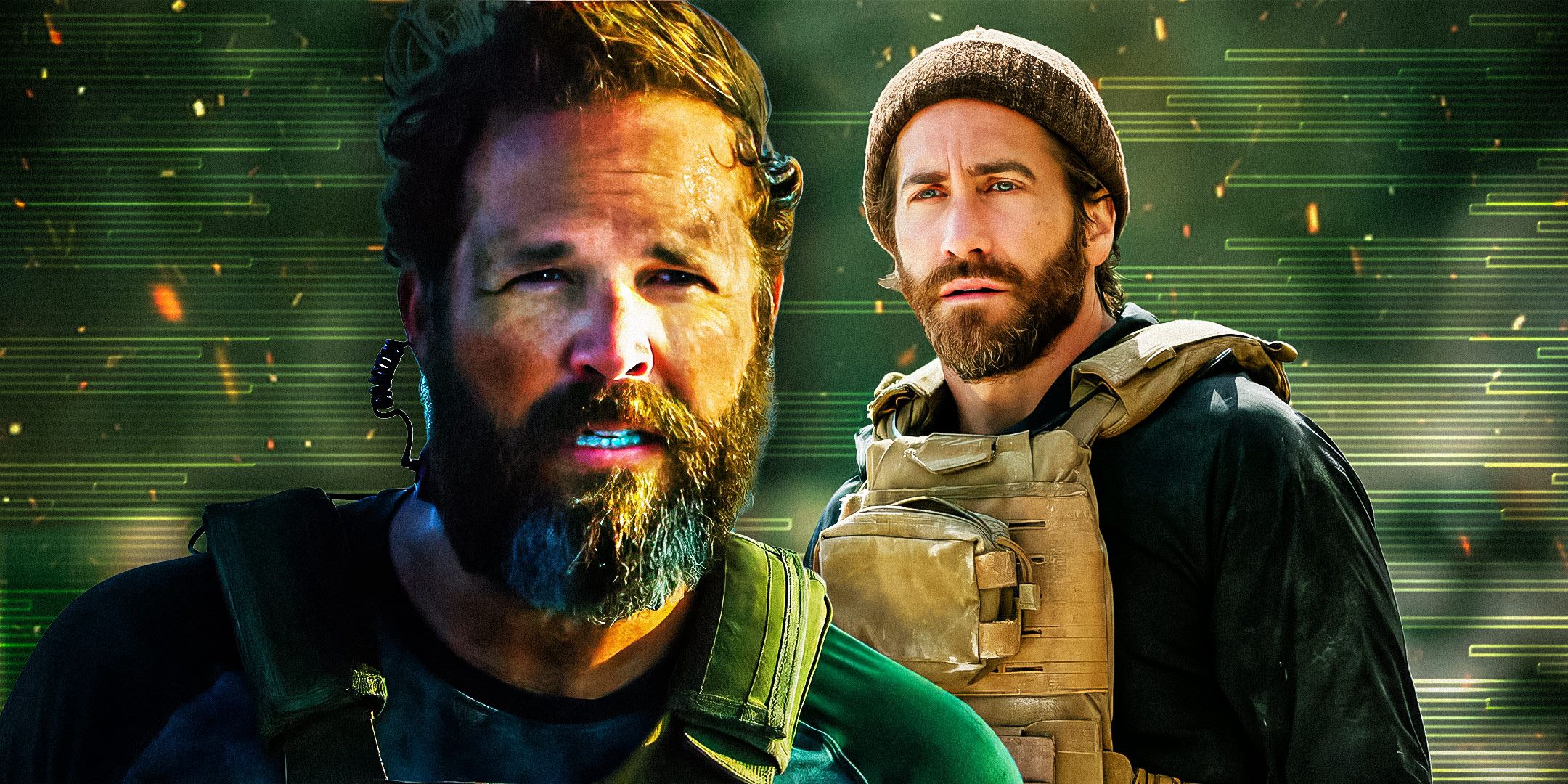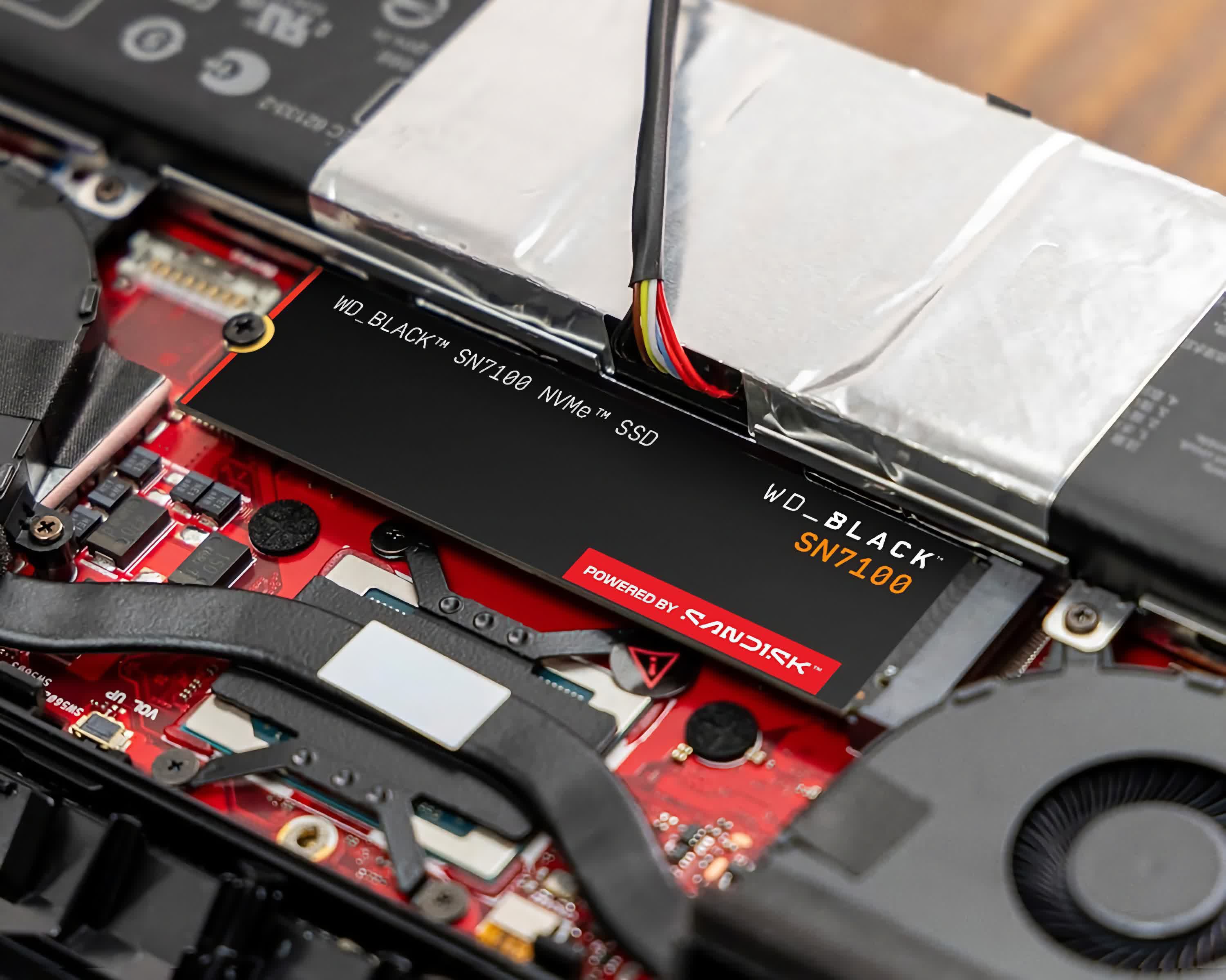Surviving Black Hawk Down has reignited interest in the Black Hawk Down Incident and the Battle of Mogadishu, and here is everything that the docuseries reveals about Somali General Mohamed Farrah Aidid as well as many questions that the show left unanswered. Surviving Black Hawk Down is a three-episode documentary series that focuses on the titular event that was famously covered in Ridley Scott's Black Hawk Down movie, with it giving more insight into the true story behind it. However, there is so much more about the Battle of Mogadishu that Surviving Black Hawk Down didn't cover.
Throughout Surviving Black Hawk Down, a figure known as Mohamed Farrah Aidid is referenced several times, with his life and role in the Somali Civil War being touched on. Interviewees mention that they fought in General Aidid's army, and many of the American soldiers explain that their mission was to put a stop to Aidid's high-ranking officials. However, Surviving Black Hawk Down only scratches the surface of how important Aidid was, with him being an influential figure that had a massive impact on the Somali Civil War and the world as a whole.
Mohamed Farrah Aidid Was A Military Officer During The Somali Civil War
He Began Opposing Barre's Regime
Mohamed Farrah Aidid was born on December 15, 1934 in Beledweyne, Italian Somaliland. Aidid originally enlisted in the Police Corps of Somalia, with him working and being trained by several police officers. In 1960, however, Aidid decided to enlist in the Somali National Army after Somalia gained independence. Aidid quickly shot up the ranks of the Somali National Army, with him working as a Lieutenant Colonel until he was relieved of his duties after the 1969 assassination of Somali President Abdirashid Ali Sharmarke. It was believed that Aidid may be planning a coup against the new military junta, although he was released in 1975.
While in India, President Barre's regime became increasingly unpopular, with political tensions rising as many of Somalia's citizens called for his ousting.
Aidid was sent away to India in 1984 as an ambassador, with President Mohammed Siad Barre seeing him as a threat. While in India, President Barre's regime became increasingly unpopular, with political tensions rising as many of Somalia's citizens called for his ousting. This is what started the Somali Civil War. While the Somali government became increasingly oppositional to its critics, many anti-Barre Somalis looked to Aidid as a leader. Thus, Aidid began to take actions that would ultimately lead to the American involvement in Somalia that is covered in Surviving Black Hawk Down.
Aidid Formed The United Somali Congress & Attempted To Overthrow The Somali Regime
Increasing His Influence In Somalia
Aidid played a major role in the founding of the United Somali Congress, one of the largest and most influential rebel groups in Somalia. The USC's main goal was to oust Barre's regime from power, with it being formed in January 1989 by Ali Mohamed Osoble. Aidid was pressured to leave India and join the USC, something that he eventually did. Ethiopian President Mengistu Haile-Mariam invited Aidid to come to Ethiopia and form a military wing of the USC. Aidid took him up on this offer, with him forming base camps on the Somali-Ethiopian border.

Related
24 Best American History Documentaries On Netflix
There are a ton of historical documentaries on Netflix to choose from and these explore some of the most famous events in American history.
Aidid planned on leading the USC to Mogadishu and seizing the city, with this hopefully helping to topple Barre's regime. Various clashes with Barre's army as well as internal conflicts in the USC led to further instability. However, the USC as well as other Somali rebel groups successfully overthrew Barre's government on January 26, 1991, with the Somali Armed Forces being broken up. Two of the factions of the USC, one led by Aidid and another led by Ali Mahdi, fought to fill the power vacuum, furthering the instability in Somalia.
General Aidid Led Somali Troops During The Black Hawk Down Incident
The Documentary Interviewed Members Of His Militia
Aidid's wing of the USC was eventually turned into the Somali National Alliance, with the group successfully defending itself against other rebel groups while continuing to clean up the remnants of Barre's regime. Although Aidid was attempting to work with rival groups, things continued to get out of control. This led to the United Nations' decision to intervene in the Somali Civil War in April 1992, with the decision passing on December 3. United Nations forces made their way to Somalia, with United States forces joining them as part of Operation Restore Hope.
With all of this backstory, the events of Surviving Black Hawk Down have finally been reached. The documentary explores the stories of several American troops who were sent to Somalia as part of Operation Restore Hope, as well as several Somali citizens and soldiers who were involved in the events. When the American soldiers arrived, Somalis were initially hopeful, including Aidid. However, Somali public opinion of the Americans eventually turned sour, leading to armed conflicts between the Americans and Aidid's forces.

Related
10 Best War Movies Set In Modern Times
While WWII and the Vietnam War have served as the basis for countless classic movies, modern war films give insight into current conflicts.
The Americans then began their attempts to get rid of Aidid and some of his high-ranking officials, as is explained in Surviving Black Hawk Down. Several of these attempts went poorly, with the destruction and causalities further turning many Somalis against the Americans. As David Diemer of the U.S. Army Rangers said in the documentary, Mogadishu was "a beehive, and we whacked it." The tensions culminated in the Battle of Mogadishu in October 1993. The documentary explains that 18 Americans were killed and 84 were wounded, while 300 to 500 Somalis died and 1,000 were wounded.
Aidid Declared Himself President Of Somalia In 1995
After the Battle of Mogadishu, the United States became more focused on reconciliation, with Aidid entering peace talks with the Americans. Aidid continued to be a leader within Somalia after the United States withdrew forces. Aidid's rival Ali Mahdi Muhammad was elected President of Somalia in 1991, but Aidid attempted to declare himself president in June 1995. However, Aidid was not recognized internationally, with Ali Mahdi remaining president.
Aidid Died On August 2, 1996 After A Clash With Political Rivals
In his final years, Aidid fought against Ali Mahdi's government, with him wanting to gain further power in Somalia. However, this didn't last long. Aidid's forces had a clash with those of Ali Mahdi on July 24, 1996, in which Aidid was shot. Aidid received surgery to treat his wounds, but he soon after died of a heart attack on August 2, 1996. General Aidid played a major role in the Somali Civil War, the Battle of Mogadishu, and the Black Hawk Down incident, with Surviving Black Hawk Down leaving out a lot of details about his life and influence.
Sources: Historical Dictionary of Somalia, Surviving Black Hawk Down









 English (US) ·
English (US) ·